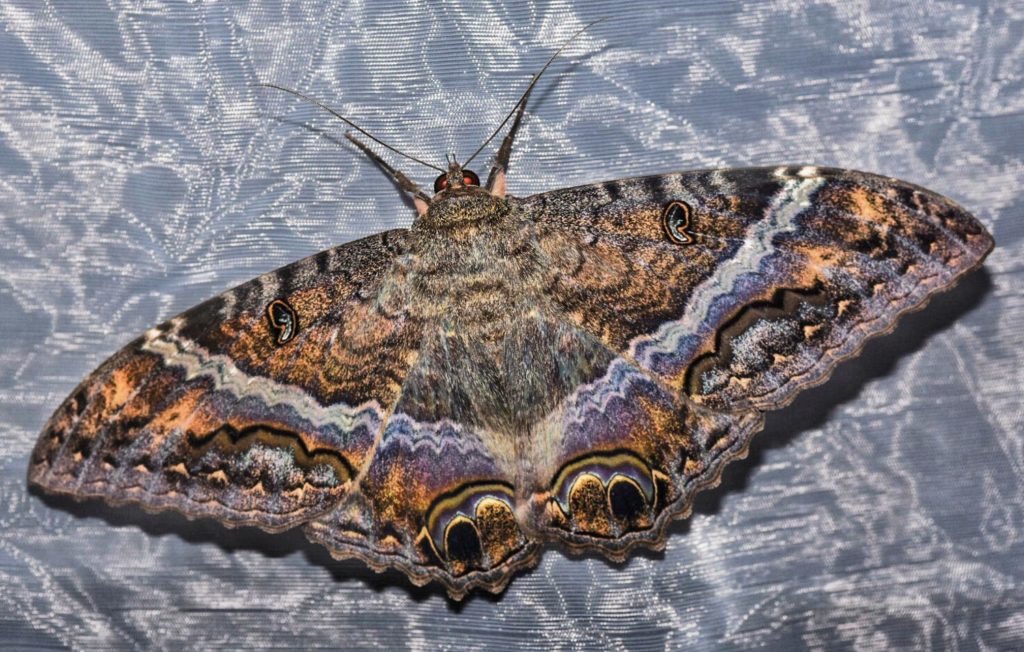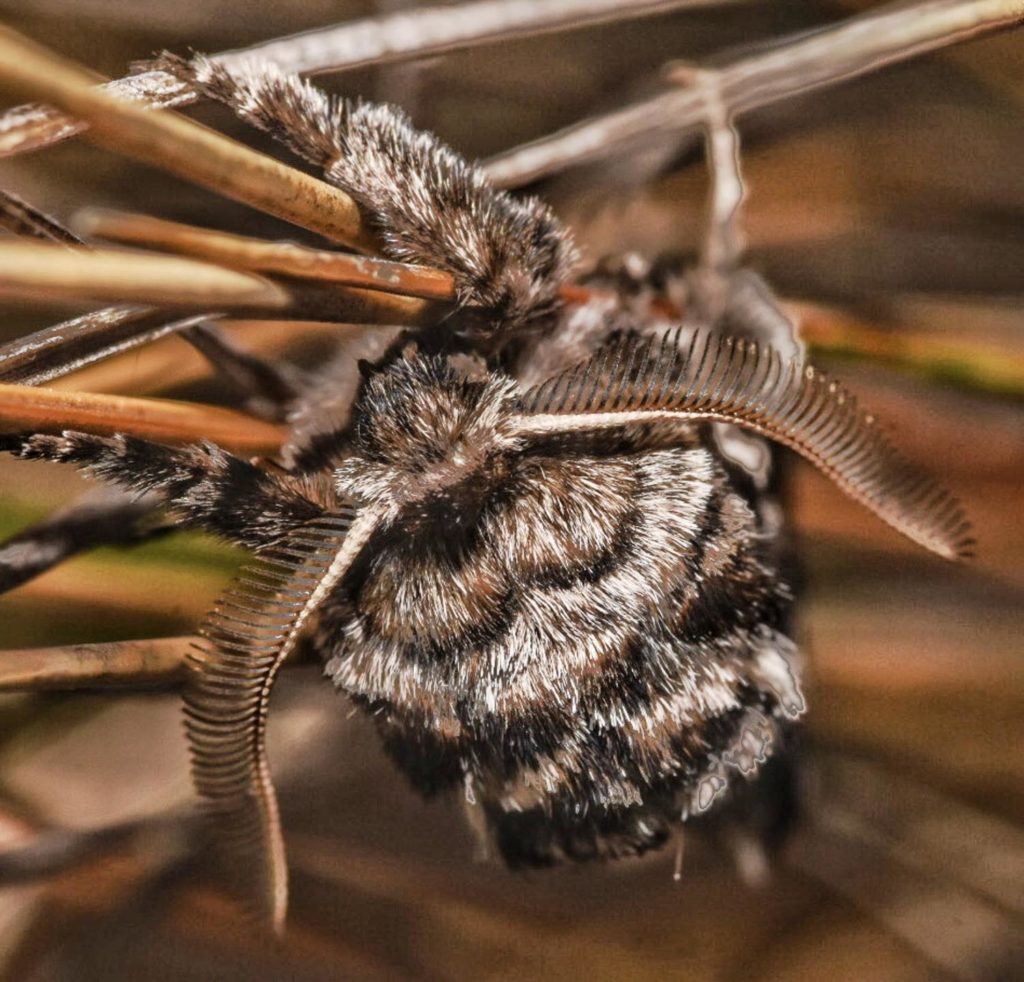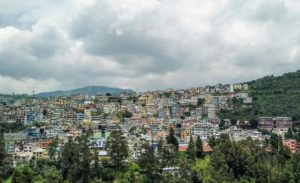On the seventh day of our trip, we headed for the high-altitude camp on Chimborazo, Ecuador’s highest mountain. For the three days we were there, we were completely cut off from the rest of the world with no internet connection whatsoever. It took us two hours to drive from the foot of Cotopaxi to the camp. We took the E35 or Troncal de la Sierra, a road that stretches across Ecuador from north to south and is part of the legendary Pan-American Highway. The scenery prepared us for the fact that we wouldn’t have internet access. Who needs to be connected when you have the magnificent Chimborazo as your backdrop?
We made the most of our time at the camp run by local shepherds. As well as finalising the logistics of the work still to be done, we conducted interviews with the locals. Christian also set off after dark to see what he could catch at night, with Ricarda on board for back-up. They lured in moths and other nocturnal insects using a UV lamp and then photographed them.

As we know that natural and urban habitats are completely different in many ways, it was interesting to see how the native insects would vary too. And the qualitative analysis of the samples proved that there were indeed huge differences in this respect. We had uncovered another fascinating way of getting to grips with the Anthropocene and understanding the impact of human life on our planet both in modern times as well as in the distant past.





